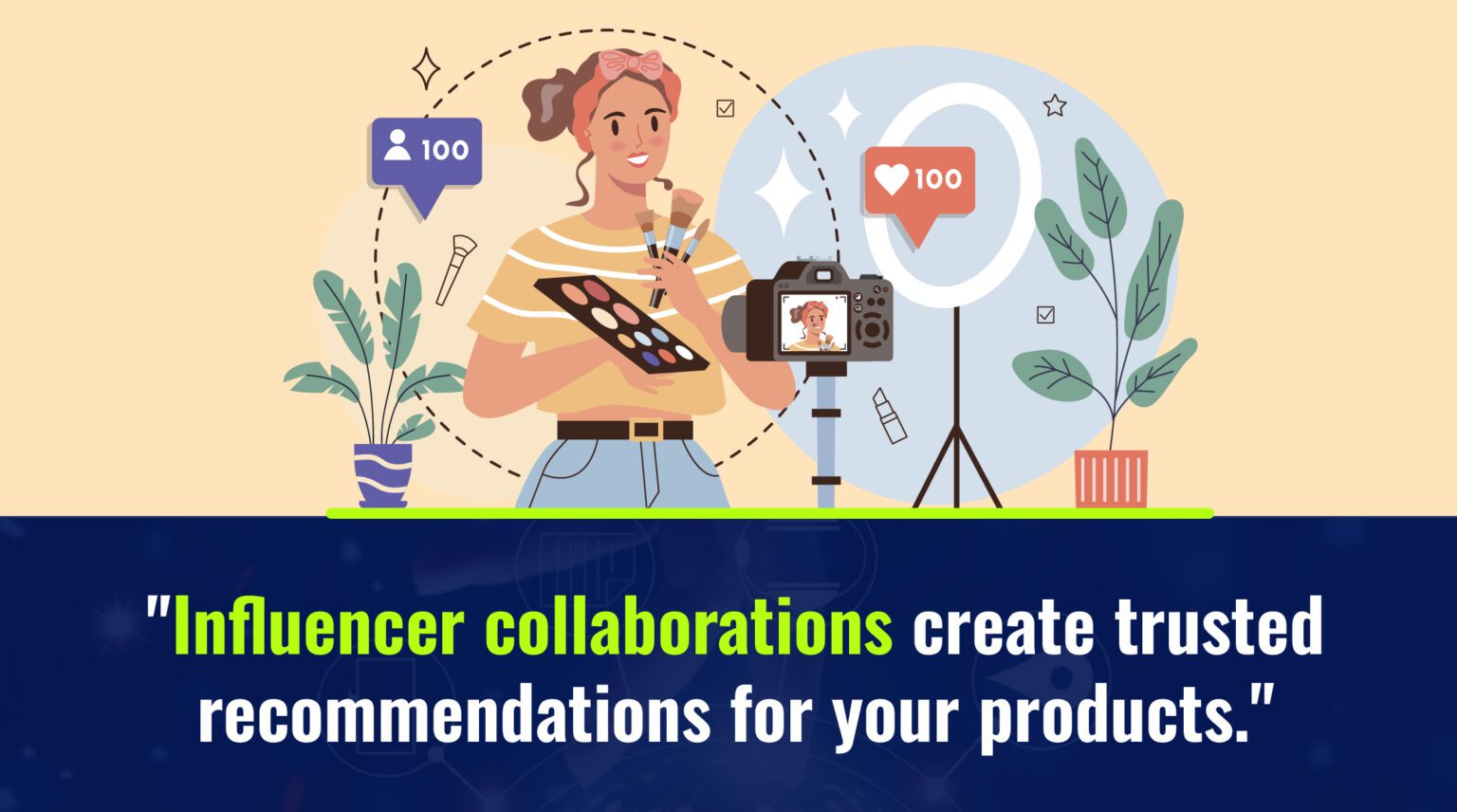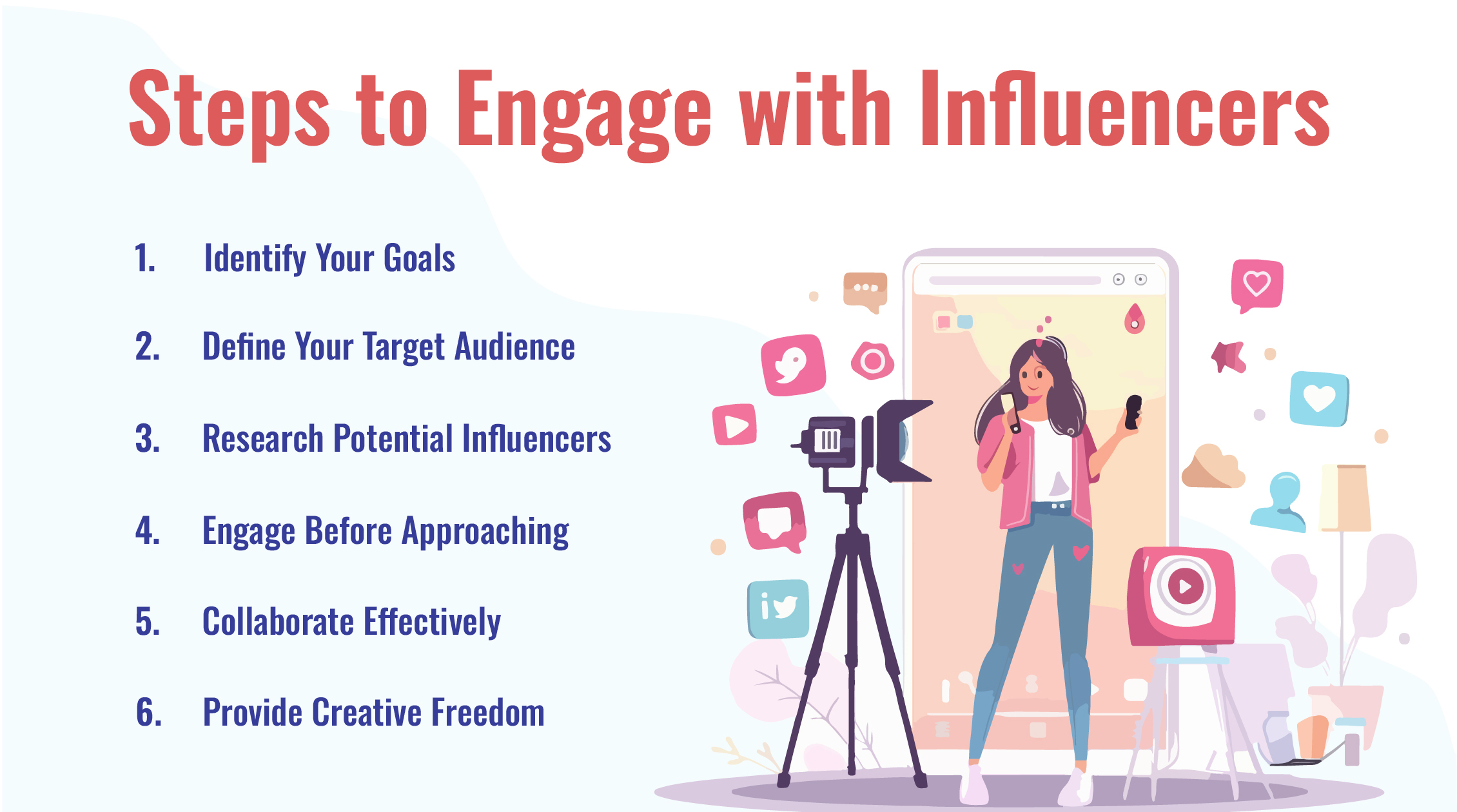
Are you exploring ways to amplify your brand’s visibility and connect with niche audiences? Enter influencer marketing, a dynamic strategy where collaboration meets high ROI. If you’re new to the concept, fear not. This guide to Influencer Marketing for Dummies is tailored to help marketers and business owners like you understand the basics and take actionable steps toward success.
By the end of this post, you’ll know how to leverage influencer partnerships to boost awareness, build trust, and achieve measurable results. Whether you’re just starting or refining your approach, consider this your go-to resource for influencer marketing basics.
What is Influencer Marketing?
At its core, influencer marketing is about partnering with individuals who have established trust and influence among their followers, especially on social platforms. These influencers can authentically promote your brand, acting as a trusted voice that resonates with their audience.
Unlike traditional ads, influencer campaigns hinge on authenticity, blending your brand message seamlessly into the influencer’s usual content, leaving a stronger emotional and psychological impact on their followers.
Why Influencer Marketing Works
Influencers aren’t just online celebrities; they’re trusted opinion leaders with highly engaged audiences in specific niches. Here’s why influencer marketing continues to dominate in 2025:
- Expands Reach: Influencers introduce your brand to their followers, vastly enhancing your visibility.
- Builds Trust Faster: A recommendation from a trusted influencer often feels more credible than paid traditional advertising.
- Drives Engagement: Their followers are already engaged, making it easier to generate organic conversations around your brand.
- Offers Precision Targeting: Many influencers cater to highly defined niches, perfect for brands looking to reach specific demographics.
- Boosts ROI: When executed strategically, campaigns often outperform other formats in cost-effectiveness.
Key Steps to Start Influencer Marketing
To understand influencer marketing for beginners, follow this clear six-step framework for a strategic approach.
1. Define Your Objectives
Establish what you hope to achieve:
- Increase brand awareness
- Drive website traffic
- Generate leads or sales
- Strengthen community connections
Clear goals will anchor your strategy and support measurable outcomes.
2. Know Your Audience
Determine who your ideal customer is and select influencers whose followers match that profile. Consider key demographics like:
- Age
- Interests
- Location
- Values
3. Identify the Right Influencers
Influencers aren’t a one-size-fits-all solution. Here’s a breakdown of types to consider based on your campaign goals:
- Nano-Influencers (1K–10K followers)
Great for hyper-niche messaging and authentic engagement.
- Micro-Influencers (10K–50K)
Small-scale but high-quality audiences, ideal for impactful storytelling.
- Macro-Influencers (50K–100K)
Perfect for reaching larger audiences with focused targeting.
- Mega-Influencers (100K+)
Expensive but effective for purely brand awareness campaigns.
4. Engage with Influencers
Build reciprocity before pitching. Like, comment, and share their content to signal genuine interest in their work. When reaching out, personalize messages. Demonstrate why the collaboration is mutually beneficial.
5. Collaborate Strategically
Create a flexible framework but lean on the influencer’s expertise in content creation. The best results often arise from collaborations that allow influencers creative freedom to speak to their audience in a way that feels natural.
6. Measure Your Success
Monitor the campaign’s performance by tracking KPIs like:
- Engagement rate (likes, comments, shares)
- Reach (impressions and views)
- Conversion metrics (clicks, sales, sign-ups)
Use analytics to continuously refine your influencer strategy.
Real-World Example of Success
Case Study – Local Coffee Co.
A small regional coffee company collaborated with a micro-influencer who specializes in sustainable living. The influencer created a series of Instagram posts showcasing the company’s eco-conscious coffee blends. Within one month, the campaign prompted a 40% increase in social media followers and a 25% boost in online sales, highlighting influencer marketing’s potential to convert interested followers into loyal customers.
Choosing Influencers Wisely
Not all influencers are created equal. Avoid these common pitfalls:
- Buying Into Follower Counts: Focus on engagement metrics (comments, shares) rather than vanity numbers.
- Ignoring Alignment: Ensure values match between your brand and the influencer.
- Neglecting Long-Term Relationships: Building ongoing partnerships often leads to better results than standalone campaigns.
- Skipping Disclosure Compliance: Ensure influencers follow FTC guidelines on sponsorship disclosures.
Steps on How to Engage with Influencers

- Identify Your Goals: What do you want to achieve—brand awareness, sales, or community engagement?
- Define Your Target Audience: This helps you choose an influencer whose followers align with your ideal customers.
- Research Potential Influencers: Look for those whose values and content resonate with your brand.
- Engage Before Approaching: Build a relationship by interacting with their content before reaching out for collaboration.
- Collaborate Effectively: Outline a clear agreement that respects both the influencer’s style and your brand message.
- Provide Creative Freedom: Trust the influencer’s creativity—let them craft the content that resonates best with their audience.
Tools to Support Your Strategy
Maximize efficiency by using platforms designed for influencer marketing:
- BuzzSumo – Discover trending influencers in your niche.
- Traackr – Comprehensive tool for influencer marketing management.
- HypeAuditor – Verify an influencer’s audience credibility to ensure authentic engagement.
Tips for Influencer Marketing Success
Here’s how to refine your approach for better outcomes:
- Start Small: Experiment with nano- or micro-influencers to test the waters cost-effectively.
- Collaborate Creatively: Diversify beyond static posts—try videos, live streams, or giveaways.
- Invest in Analytics: Track campaign performance diligently for actionable insights.
Conclusion
Influencer marketing doesn’t need to feel daunting. By following this Influencer Marketing for Beginners guide, you gain both clarity and confidence to start building partnerships that genuinely resonate with your target audience. With the right influencer collaborations, strategic planning, and performance tracking, you can amplify your brand and drive results effectively.
Are you ready to elevate your marketing? Start leveraging influencer collaborations today. Need more help? Check out our step-by-step solutions or contact us for expert guidance in building a campaign that works!
